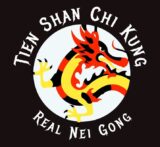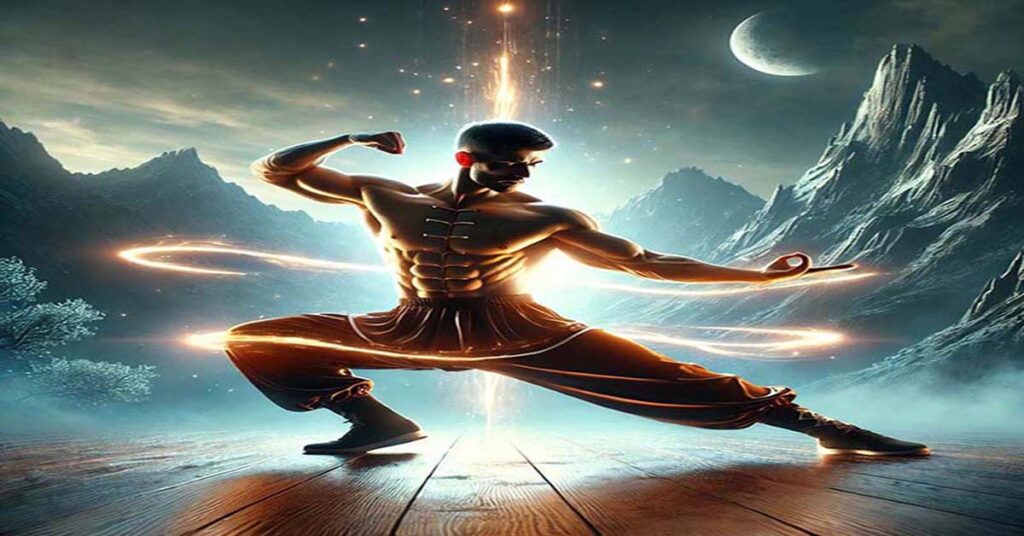Unlocking Power and Vitality: Tien Shan Chi Kung for Warriors and Athletes
Chi Kung, also known as Qigong, is a revered ancient Chinese practice, often seen as a gentle exercise for cultivating inner energy, or “chi.” However, not all forms of Chi Kung are created equal. Master Steve Gray reveals that Tien Shan Chi Kung, a particularly intense system, is an ideal practice for martial artists, athletes, and bodybuilders who seek to enhance their strength, vitality, and overall performance.
Why Tien Shan Chi Kung Stands Apart
Most traditional Chi Kung systems taught to the public focus on gentle movements and slow breathing exercises. These are effective for improving relaxation, mental clarity, and health, but they often lack the intensity required to build real physical power. According to Gray, many of these systems are what he calls “wimpy Chi Kung.” They don’t demand much strength, nor do they provide significant physical exercise, leaving many martial artists and athletes unimpressed.
Tien Shan Chi Kung, in contrast, is designed to cultivate both chi power and vitality—the latter being an essential element for athletes and fighters. Vitality refers to the strength and energy necessary for peak physical condition, and it’s cultivated through practices that are as demanding as they are empowering.
The Importance of Vitality
Vitality, as Master Gray emphasizes, is at the heart of any warrior’s strength. It’s not just about internal chi; it’s also about being in top physical condition. This means building muscle tone, improving stamina, the Jing, and pushing one’s physical limits. In Tien Shan Chi Kung, exercises are often strenuous, combining deep postures, slow movements, and deliberate muscle engagement that demand high levels of strength and endurance.
For martial artists and bodybuilders, this is the missing link. While traditional training methods like weightlifting and cardio work on the external body, Tien Shan Chi Kung focuses on internal energy while simultaneously enhancing muscle endurance and flexibility. This results in a complete body-mind workout that prepares the practitioner for both physical and mental challenges.
A “Tough” but Effective System
Master Gray recalls how his training under Mr. Young was intense, even for someone who was already physically strong. Unlike many watered-down Chi Kung systems, the exercises in Tien Shan Chi Kung are physically demanding, pushing practitioners to their limits. One example is the emphasis on deep, low stances and slow, controlled movements.
For instance, while most Chi Kung movements are done with feet positioned closer together and in a more upright posture, the Tien Shan style involves taking wide stances, sinking low, and holding positions that engage the leg and core muscles. This increases strength, endurance, and balance—all crucial for martial artists and athletes.
Gray highlights a particular exercise where you reach down toward the ground and lift up as if opening a ball of energy. The “wimpy” version of this exercise is done with minimal bending and lifting. But in Tien Shan Chi Kung, the deeper you go into the stance, the more you engage your muscles, making it an intense workout. The same principle applies across all Tien Shan movements: the harder you push, the more strength and vitality you build.
Applying Tien Shan Chi Kung to Combat and Fitness
For fighters and bodybuilders, the benefits of Tien Shan Chi Kung are clear. Martial artists can enhance their leg strength, core stability, and flexibility through these low, powerful movements. The deliberate focus on slow, controlled motion also mirrors the precision required in martial arts techniques, improving body awareness and balance during combat.
Bodybuilders, on the other hand, will find that Tien Shan Chi Kung complements their weightlifting routines by building endurance and mobility. The practice functionally strengthens muscles, making them more resilient and reducing the risk of injury. Additionally, by engaging the body’s natural energy systems, practitioners can improve their recovery times and overall vitality.
Practical Tips for Tien Shan Chi Kung Practice
- Go Low, Stay Low: The deeper your stances, the more muscle engagement you achieve. Whether you’re holding a position or transitioning between movements, sinking into your legs forces your body to work harder.
- Move Slowly: Fast movements may look impressive, but the slow, deliberate motion is where the real work happens. By moving slowly, you not only build strength but also focus on cultivating internal energy.
- Engage the Core: Every movement in Tien Shan Chi Kung should involve the core. Whether you’re reaching, bending, or twisting, keep your abdomen tight and engaged to build power and stability.
- Push Your Limits: Like any physical training, the more effort you put in, the more you’ll get out of it. Tien Shan Chi Kung offers a way to turn traditionally “soft” exercises into a challenging workout that builds both chi and physical strength.
Tien Shan Qi Kung for the Modern Warrior
For those serious about martial arts, bodybuilding, or any athletic endeavor, Tien Shan Chi Kung offers a unique blend of internal energy cultivation and intense physical training. This system takes Chi Kung beyond its often “wimpy” reputation, transforming it into a robust practice that builds real vitality and power. Whether you’re an athlete looking for an edge or a martial artist seeking to improve your strength and endurance, Tien Shan Chi Kung provides a challenging and effective path.
In Master Gray’s words: “If you do “wimpy” Chi Kung, you will develop “wimpy energy.” Tien Shan Chi Kung, on the other hand, ensures that both your energy and your body are strong, resilient, and ready for anything.

